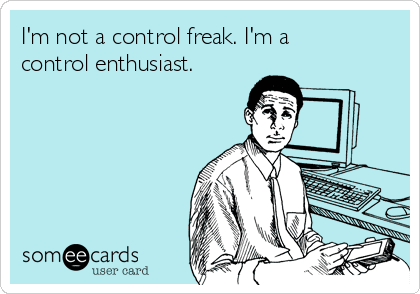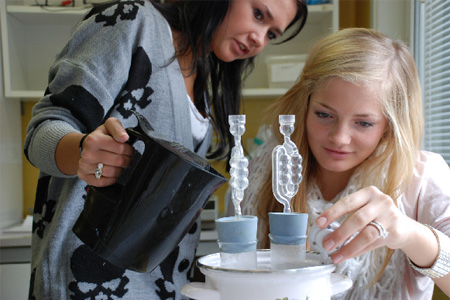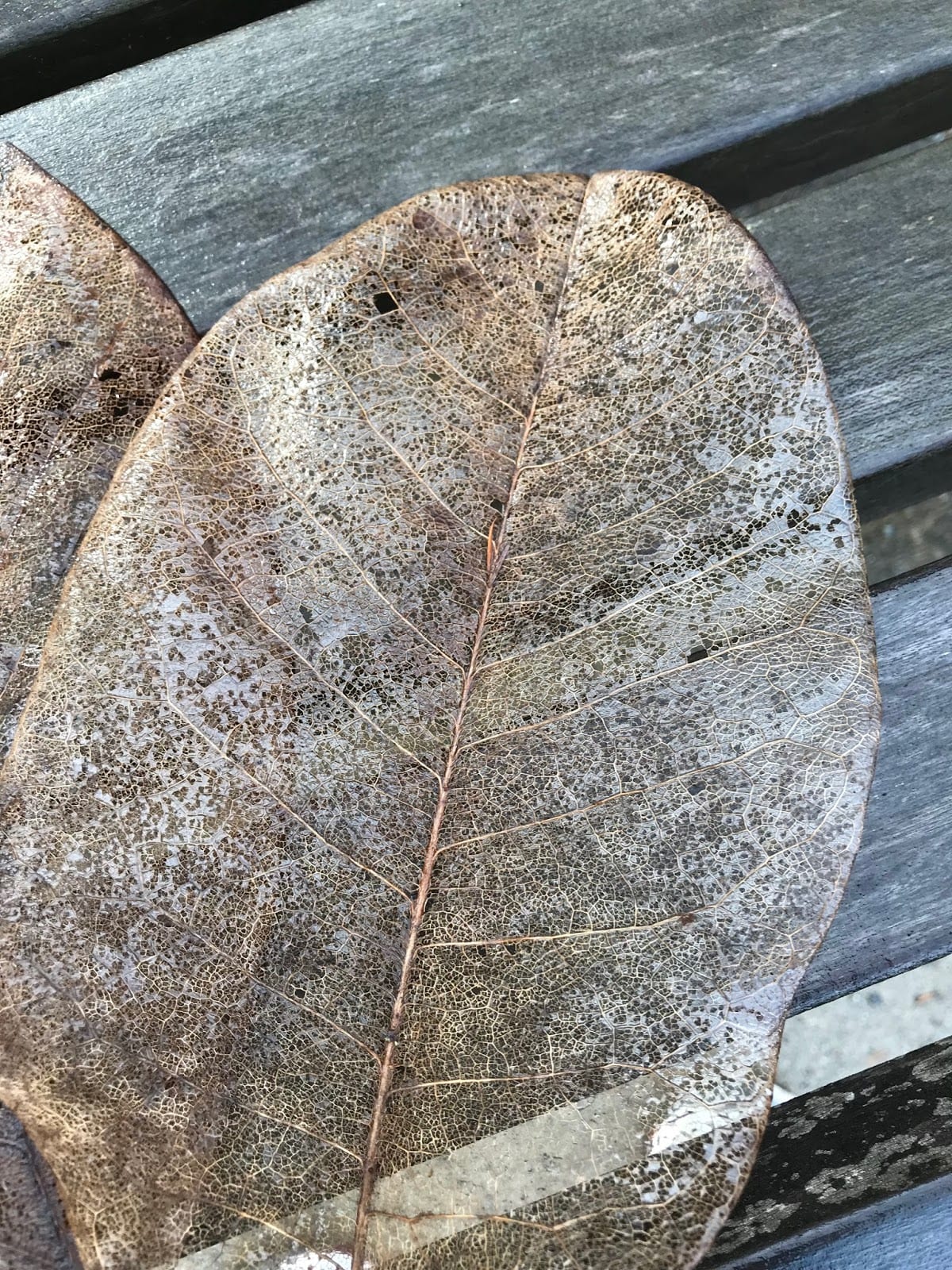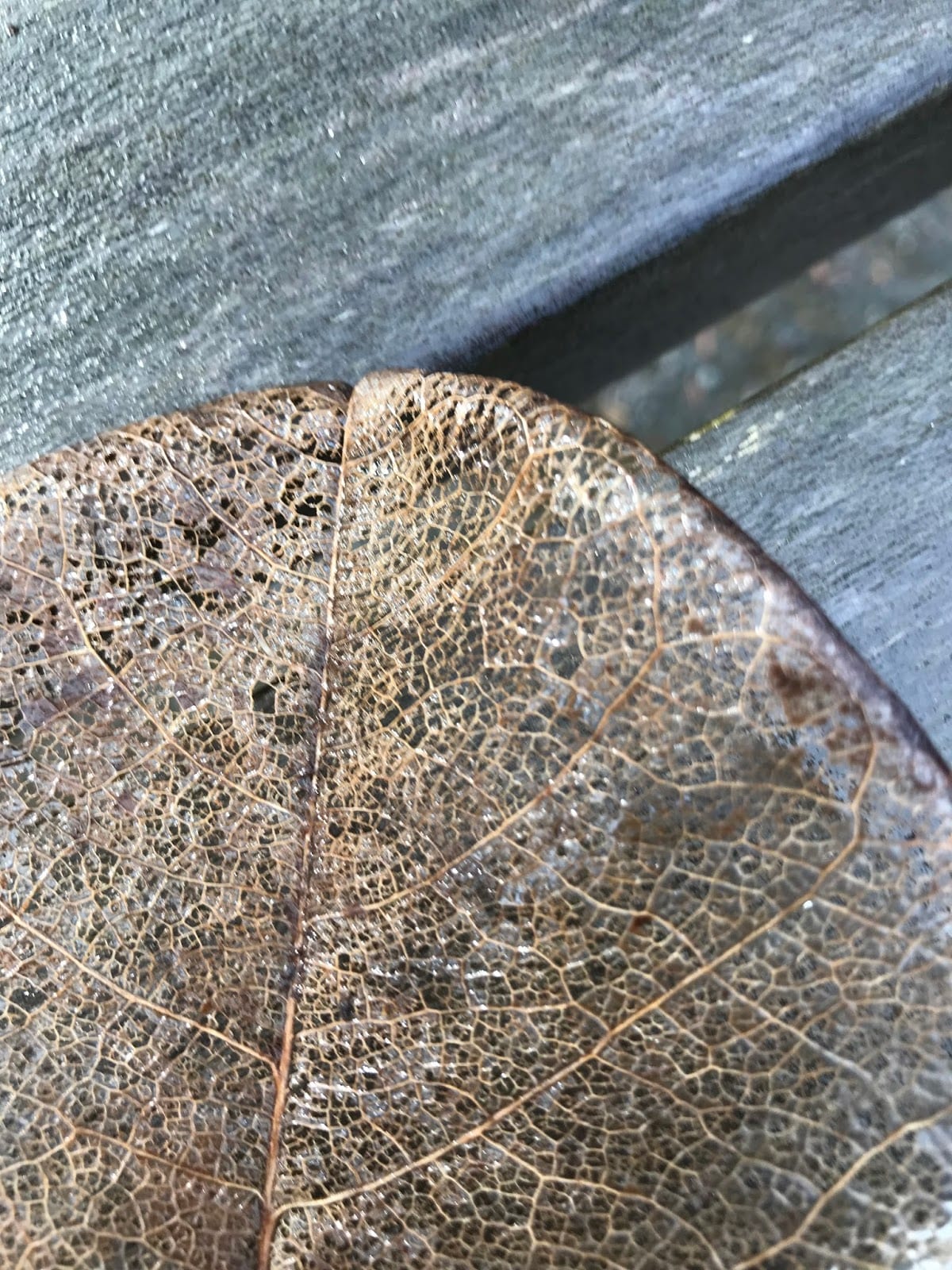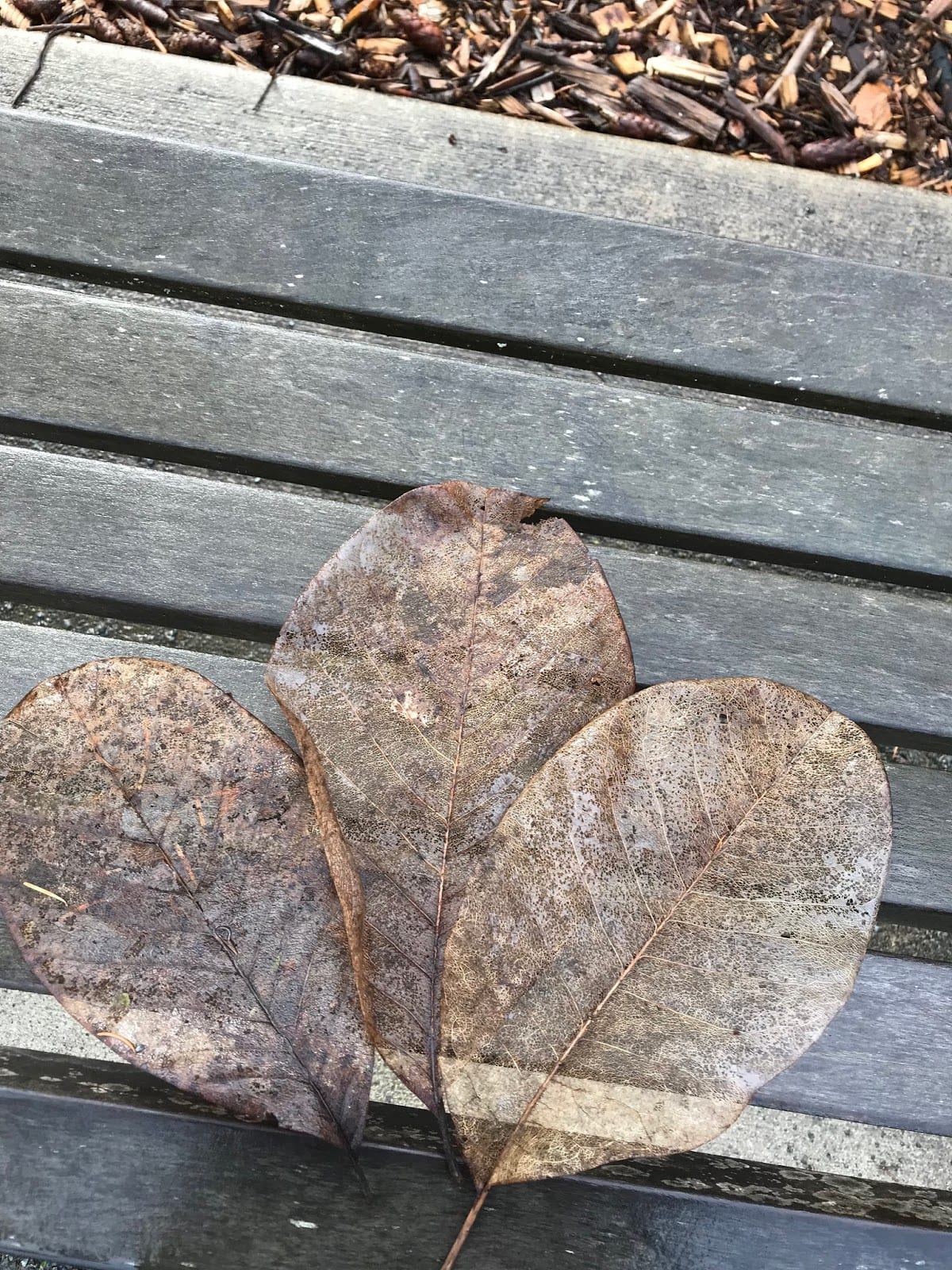
Over the last 18 months, I’ve wrestled (well, thumb-wrestled) with something that keeps cropping up for me. It’s nothing major – thus, the thumb-wrestling – but nevertheless, it keeps showing up for me and I keep nodding at it and then moving on with what I’ve been doing.
Six days ago, I started a ten-day program with my lovely and amazing friend, Jen Lemen, that has re-surfaced all of this and put it front and center, and it’s profound and moving and scary as hell. In a good way.
This morning, I woke up and sat in metta meditation (part of the program involves saying metta every morning) on my deck. Surrounded by fragrant plants and bathed in sunshine, I opened up as wide as I could and by the time I was finished, tears were rolling down my face unabated. As is my ritual, I wrote down the messages I’d heard as I sat and texted Jen to download.
The next, very critical piece of this for me is to walk. I have access to a gorgeous arboretum about six blocks from my house, so I leashed the dogs up and we headed out. There is something about opening myself up and making myself vulnerable and then walking to the trees and sitting in quiet for a while that grounds me and lets the messages of love and compassion sink deep in to my bones.
Between my house and the arboretum is a play field and this morning, there was a t-ball game in full swing as the dogs and I approached. There was a father and son (young, maybe 4 years old at the most) playing catch off to the side, and we rounded the corner just in time to see the little boy running as fast as he could with the ball in his hands, racing on chubby legs and laughing and then he just crumpled in to the grass, his legs giving way beneath him as he rolled on to his back and giggled with his face to the sun. Then he sat up and stared down at the grass next to him, the game of catch completely forgotten. He pulled a blade of grass, ran his hand across the top of others to feel the tips on his palm, and was generally engrossed where he sat. His dad kept trying to coax him to get up and throw the ball back, come back to the game, but the little boy just sat, smiling, playing in the grass.
I began crying again. I have been falling, over and over again, for the last 18 months. Not hurting myself, not upset, just falling. And after each time, I get up and go right back to the thing I was doing when I fell.
As I watched that little boy, my heart swelled with nostalgia and longing. I remember being a kid and staying where I fell for a while. I remember the joy of it, the discoveries I made that I wouldn’t have seen if I had just gotten right back up and kept playing.
It’s time for me to let myself fall and stay where I am for a while. My body is crying for me to let it be, to pay attention, to sit in that place and be still and quiet and open up to different possibilities. I’m listening.
*If you’re curious about the program with Jen, please check out Jen’s Instagram and look for information on the Path of Devotion. She’s starting another group July 1 and it is life-changing. She is a gentle, wise guide if you’re looking to create new, meaningful rituals and rhythms in your own life, and you pay what you can.


 I am writing my way in to my body. This is difficult, but not counterintuitive. In the last ten years or so, I’ve discovered that what I used to think was counterintuitive was simply fear. Instead of doing what I was told to do (don’t poke at that, don’t examine the pain, pretend it isn’t there or deny it or minimize it) for most of my life, I have learned that opening up, asking questions, and leading with curiosity is actually the most intuitive thing I can do.
I am writing my way in to my body. This is difficult, but not counterintuitive. In the last ten years or so, I’ve discovered that what I used to think was counterintuitive was simply fear. Instead of doing what I was told to do (don’t poke at that, don’t examine the pain, pretend it isn’t there or deny it or minimize it) for most of my life, I have learned that opening up, asking questions, and leading with curiosity is actually the most intuitive thing I can do.

